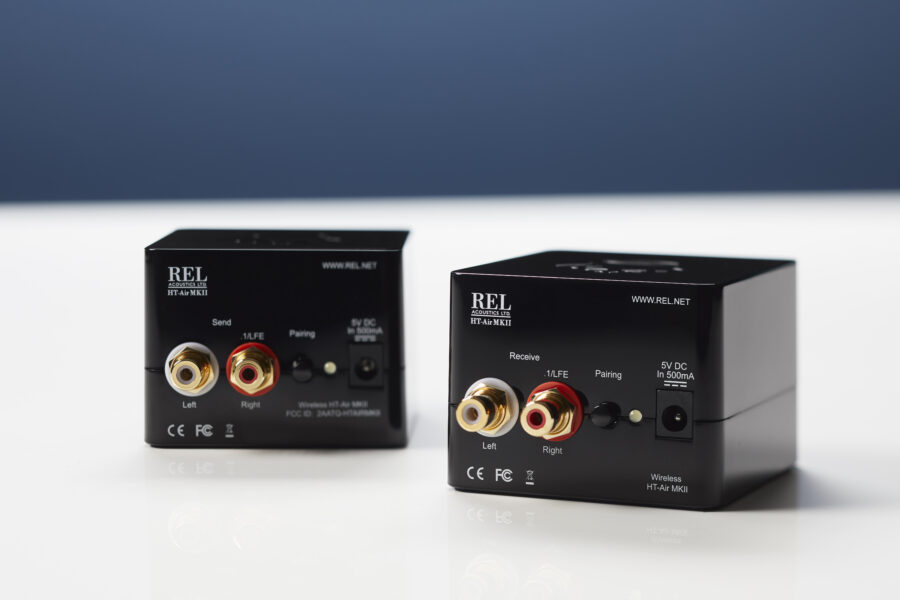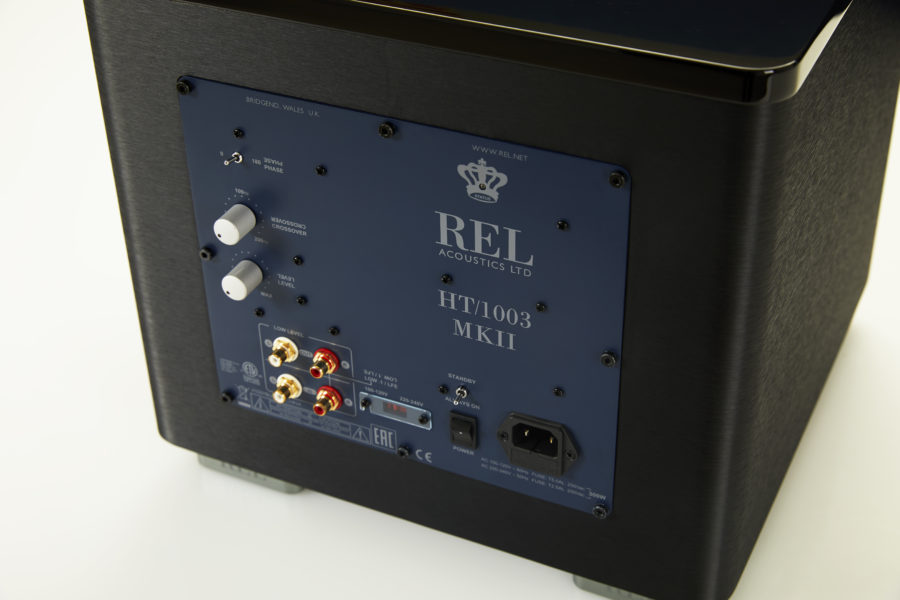Blog
Wireless Magic
How HT-Air MKII Transforms Hi Po Soundbars
REL is a remarkably inclusive high-end company, and we want everyone out there to experience the joy of exceptional audio systems. Since pretty much everyone loves music and film, hearing it through really wonderful gear simply enhances the experience. What a quality aftermarket subwoofer such as our HT/1003 MKII or its far more powerful HT/1205 MKII stablemate delivers is shocking. The best soundbars do quite a sophisticated job of presenting multiple channels of midrange sound from a single small box with ambiance added in to create the illusion of space. What they can’t deliver is the drama and impact of real theatre bass. Which is where REL steps in.

This year, we’ve updated our HT-Air Wireless to MKII status with a nice upgrade to its sonic performance, while the styling and build quality went up around 1,000 percent.
This brief update to a blog from a couple of years ago says it all. Soundbars as a category have pretty much split into 3 tiers:
- Great high-end soundbars that, while not inexpensive, deliver a great soundbar experience. The Sennheiser AMBEO at $2500 holds down the fort here.
- Good value models like Yamaha’s YSP-5600 at $1700. While not quite rising to the performance levels of the AMBEO, these still deliver a legit small room theatre experience.
- Cheap soundbars that are usually made by TV manufacturers. Pretty much only useful for supplying some sound from super thin flat panels, many of which have no speakers built in.
All 5 of the models listed above are still in production and all 5 remain open architecture, meaning that they will support outboard wireless systems such as our incredibly high-performing HT-Air MKII wireless model. Grab one of these and an HT or Serie T/x sub and sit back with a box of popcorn.

Our first instinct is to make this easy for you; grab one of our modest units from the HT range (Home Theatre and specifically aimed at perfect .1/LFE performance), plug it in, and roll. For small and medium rooms choose a HT/1003 MKII which, at 300 watts of Class D power and a 10” driver with an amazing jump factor to the sound, is an incredible value. Larger rooms, especially open plan living/dining rooms (the norm in modern construction) will benefit from its larger sibling, the HT/1205 MKII which offers 500 watts and a much more powerful 12” driver. This is just the ticket for larger spaces and pretty much the limit for a subwoofer that’s intended for mating with a soundbar.
Designed purely for home theatre, these models have been upgraded in every way and now mesh beautifully with our Serie T/x models. These are the latest in a stream of craftsman engineered and designed upscale models, but also keep the costs incredibly reasonable. So, tucking an HT into a corner or behind a Ficus tree may be all that the designer in your household needs to make the subwoofer disappear.
Which leads us to the method of connection. Quality soundbars require a .1/LFE (short for Low-Frequency Effects) channel to operate a proper subwoofer. This is something that cheap soundbars, designed to trap you into a dedicated wireless subwoofer protocol that only works with their units, do not offer. The LFE connection is a special RCA connector on the rear panel of your soundbar that feeds bass to the subwoofer.
Wireless connections can be so handy, especially because soundbars are often employed in spaces where there either isn’t a lot of room or where adding additional wiring can be a real pain – such as the master bedroom. Tripping over a wire on your way to the master bathroom is no fun.
We’re going to go with the high-performance REL HT Air-MKII Wireless transmitter and receiver. This is one of those rare cases where high quality doesn’t mean expensive. These are a bargain and feature absolutely zero “digital compression”, which is code for leaving behind the quality, and is what makes those cheap wireless units sound so thin and…well…cheap).
REL Tip™: The HT Air MKII transmitter is lightweight enough that you can even use a tie wrap to attach it to something and hide it behind the soundbar so nothing is visible.
Thank you for reading our latest blog. We strive to provide content that’s both entertaining and educational.
If you have questions or suggestions for future articles, reach out to us at info@rel.net. We value your input and will do our best to respond within a few days.
With over 160 years of combined experience, we’re committed to making your audio experience exceptional. If you found value in this piece, please share it with friends who might benefit.










